Reportar esta entrada
Más sobre la misma comunidad-colección
Escuela secundaria El Paso Vs. escuela secundaria Austin
El Paso high school attempts to break a Guinness world record of ...
Escuela secundaria El Paso Vs. escuela secundaria Austin
El Paso high school attempts to break a Guinness world record of ...
Escuela secundaria El Paso Vs. escuela secundaria Austin
El Paso High School attempts to break a Guinness world record of ...
Preparación para la universidad y la carrera - Video
Team SISD works daily with a laser-sharp focus on college and ...
Altamente calificados, efectivos, profesores y personal - Video
Every member of Team SISD has a critical role in the academic ...
Dirección cuatro: Asociaciones en el hogar, en la escuela y en la comunidad - Video
Team SISD acknowledges that the success of the district depends ...
El festejo de Tom McKay por sus 82 años cumplidos - 2014
Tom McKay's 82nd birthday celebration - 2016 at Mac Adoo's. ...
Bienvenidos a casa Veteranos de Vietnam - 2016
Albert Hernandez and wife Alicia at Vietnam Veterans Event in El ...
Albert A. Hernandez - Veterano de Vietnam - 2016
Albert A. Hernandez on the USS Midway in San Diego, California - ...
Albert A. Hernandez - Veterano de Vietnam - 2016
I graduated from Jefferson High School in May of 1965. Shortly ...
Oficiales de motor del departamento de policía de El Paso
El Paso Police Department Vintage photo of Motor Bike Officer's ...
La primera clase oficial de la academia del departamento de policía de El Paso - 1958
EPPD's First Official Academy Class El Paso, Texas May 21,1958.
Historia del Departamento de Policia de El Paso
Image shows badge of Police Department in El Paso Texas.
La Academia de Policía de El Paso
Police recruit selection for the El Paso Police Academy is a ...
Mountain View High, Estudiantes 2016
MVHS - Mountain View High, Students 2016 Mountain View High ...
HM2 Hernandez, Albert A. - Vietnam - 1965
I graduated from Jefferson High School in May of 1965. Shortly ...

















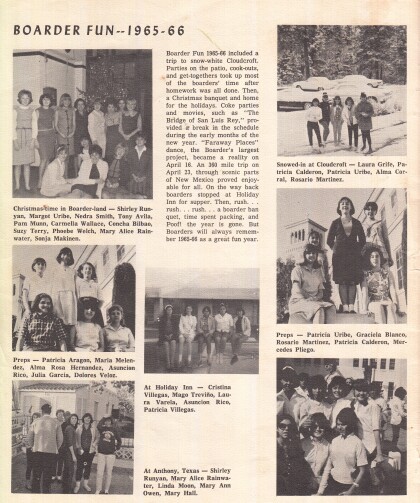

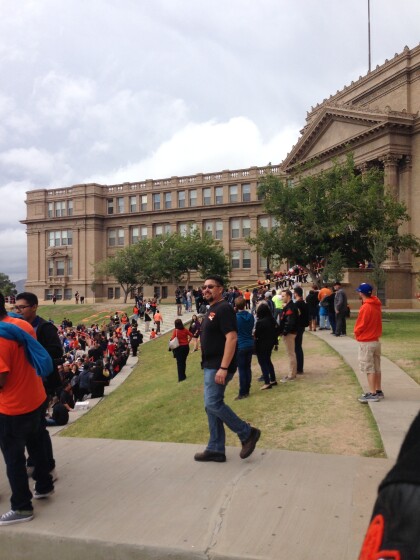
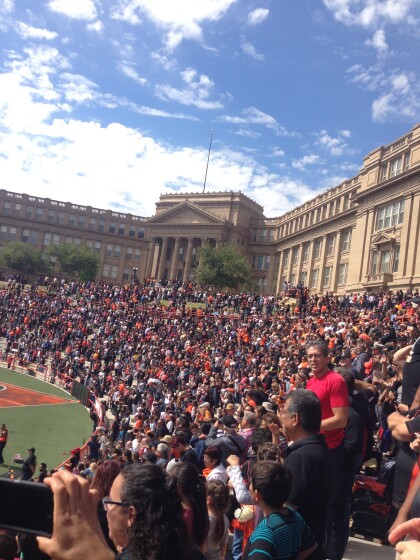
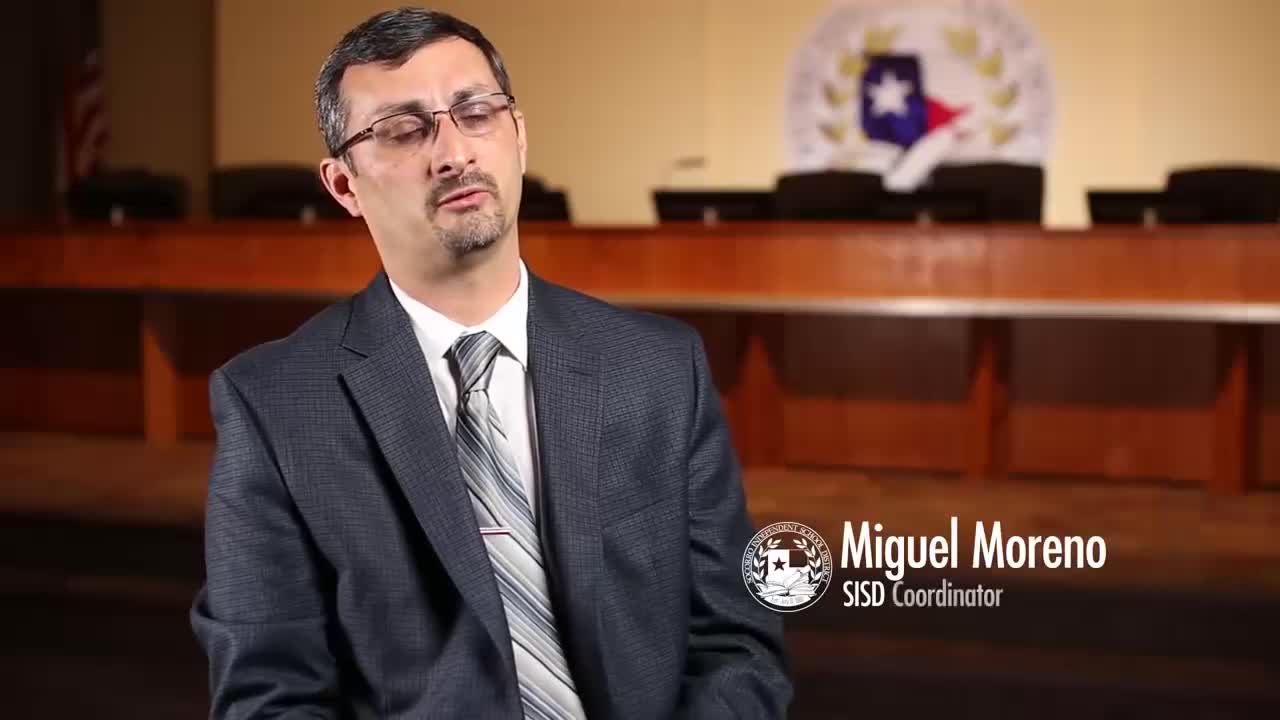




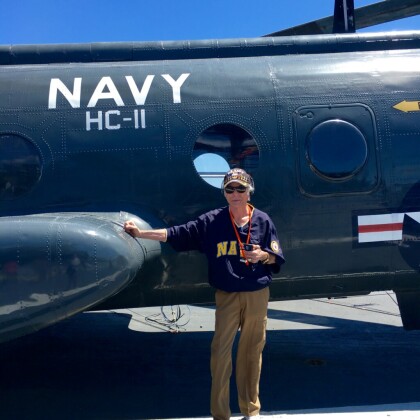
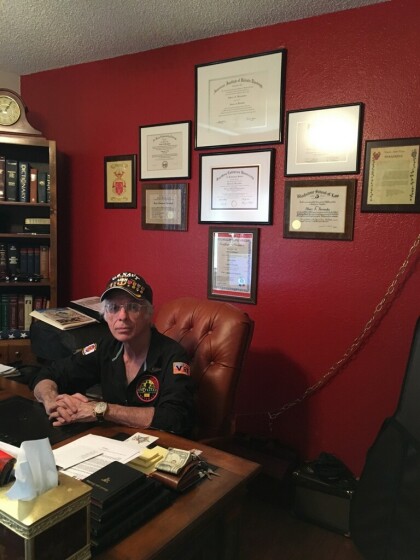

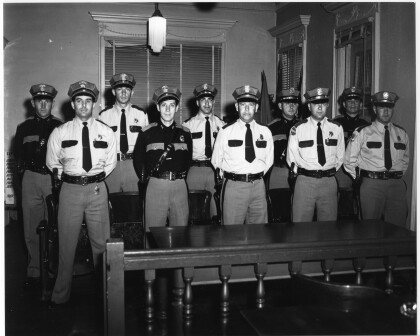
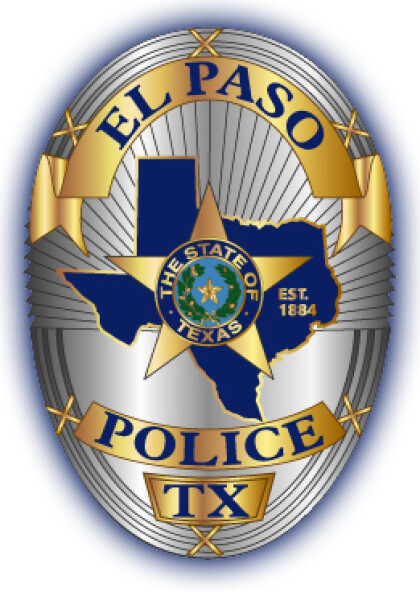

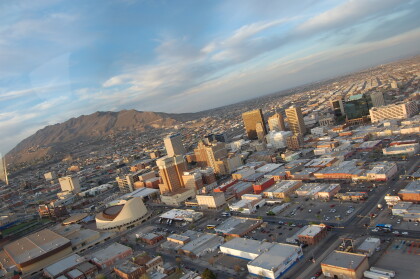
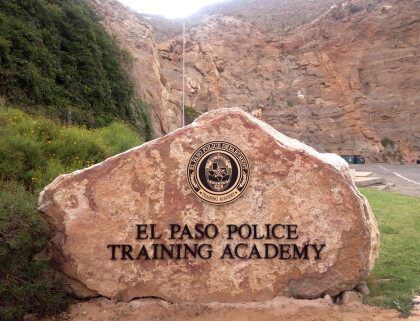
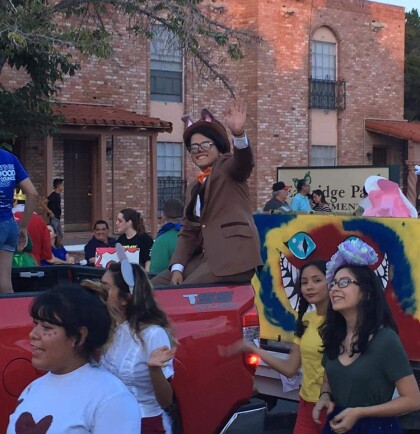

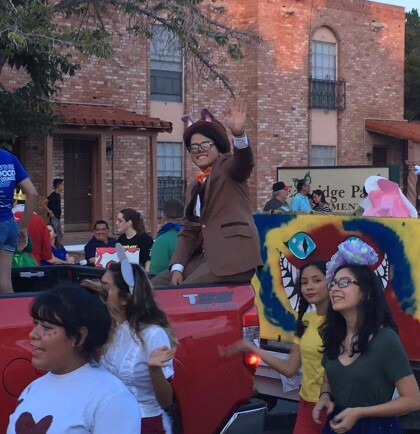

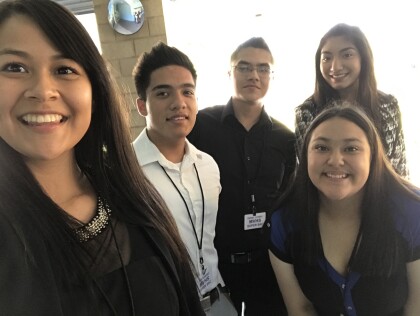
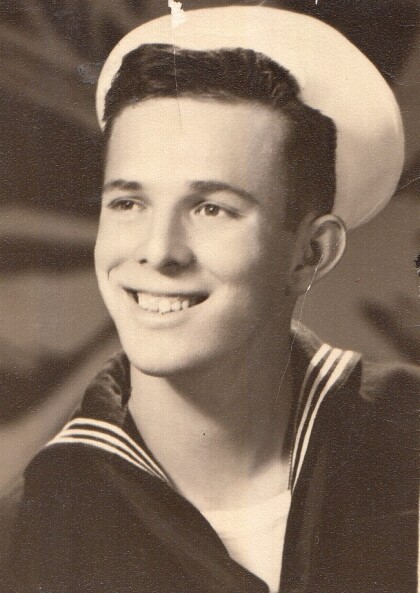
Comentarios
Hacer un comentario